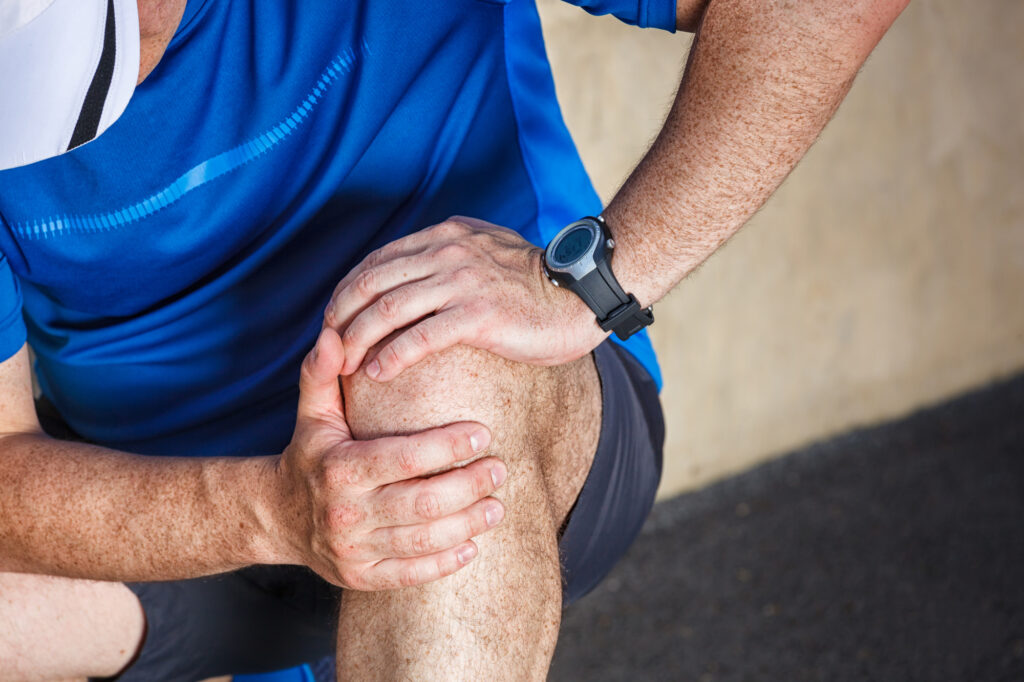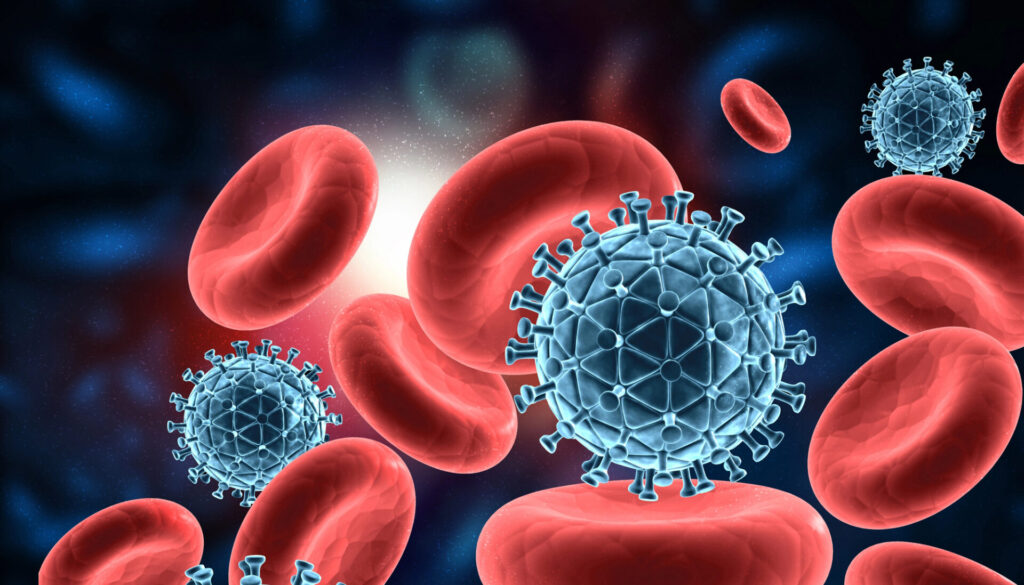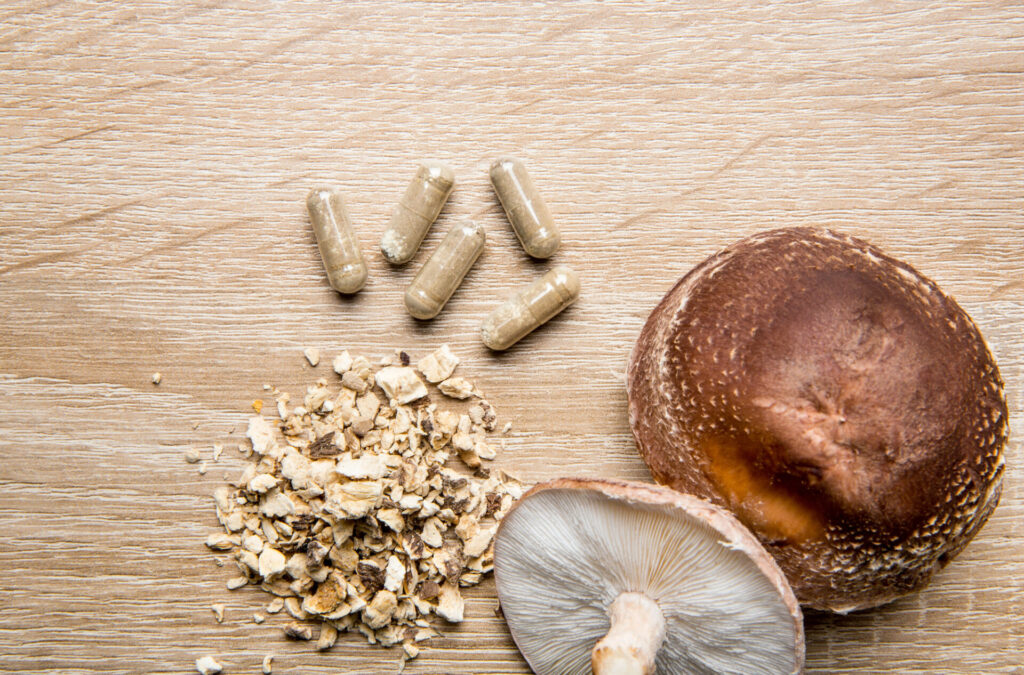As we age, the maintenance of joint health is dependent on many anatomical, functional, and biological factors. From an anatomical standpoint, individual joint morphology and extra weight can be responsible for pressure points within the joint that can erode cartilage tissue over time and create friction zones that will necessitate repair to maintain the functional health of the joint. Some of the functional factors that may be responsible for premature joint aging are poor muscle function and joint overuse. As for biological factors, the combination of anatomical and functional joint issues may result in creating an unfavorable environment that translates into the generation of biological stress inside joints. Supplementing the diet with appropriate nutrients and botanicals can help maintain healthy joints by contributing to normal joint tissue healing and by supporting a normal response to biological stress.*
While many botanicals can be used to support healthy joint function, willow bark, ginger root, and Boswellia serrata have been clinically studied and are excellent considerations for their joint support properties*
Willow bark has been used for therapeutic purposes for centuries, dating back more than 4,000 years with Sumerians, Babylonians, and ancient Greeks using this botanical to treat common ailments. Nowadays, the use of willow bark is well understood and is summarized in publications by USP, WHO and EMA.*1 Typically, white willow bark consists of 2-3 year old branches harvested during early spring. Its main bioactive constituent, salicin, is metabolized in the body into salicylic acid.*2 In addition to salicylates, willow bark also has polyphenols, including flavonoids, proanthocyanidins, and tannins that are thought to contribute to its biological activity. When the immune system is triggered, active constituents of willow bark extracts have been shown to regulate the normal balance of key immune mediators in part by inhibiting cyclooxygenase II enzymatic activity, which may contribute to its analgesic effect.* Pharmacokinetic studies have shown that after oral ingestion of salicin, peak serum of salicylic acid levels are reached within less than two hours and the observed area under the curve (AUC) of salicylic acid is equivalent to that expected from the intake of 87 mg of acetylsalicylic acid.1,3 Clinical studies confirm that willow bark extracts can help to alleviate minor aches and pains associated with overexertion.*4,5
Ginger root is another traditional herb with many applications for health supporting purposes. It is usually thought of in the context of relief from occasional nausea, but it has also been used for centuries by herbalists for its pain-relieving effects.* Ginger possesses numerous active constituents, including gingerols, shogaols, and many other bioactive compounds including volatile oils. Research indicates that the pain-relieving effects of ginger are likely to be related to the inhibitory effect of 6-shogaol on the release of substance P.* Substance P is associated with normal immune responses to bodily stress and pain perception.* Ginger influences a number of aspects of the immune response to biological stress.* Gingerols and shogaols are known to regulate the normal balance of key immune mediators released when the immune system is triggered.* In addition, human and laboratory research indicate that ginger may inhibit many other biological pathways that are activated when the immune system is triggered.* In clinical settings, supplementing the diet with 4 g of ginger powder for five days prior to high-intensity resistance exercise, ginger may help support muscle recovery.*6 Clinical evidence demonstrates that ginger root and ginger extracts are effective relievers of pain due to overstress or exertion, as well as for occasional pain related to typical menstrual cycles.*7,8
Boswellia serrata is a botanical commonly used in Ayurveda for minor aches and pains.* The main bioactive constituents of boswellia are boswellic acids. Boswellia serrata extracts are often standardized to the 3-O-acetyl-11-keto-beta-boswellic acid (AKBA). Boswellic acids, especially AKBA, regulate the normal balance of key immune mediators released when the immune system is triggered.* By helping to support a balanced response to these signals, boswellic acids, especially AKBA, alleviate pain from overexertion.* Boswellic acids might also help to preserve and maintain healthy joint tissue through its effects on matrix metalloproteinase-3 (MMP-3).* However, an important factor limiting the clinical relevance of these mechanisms of action is the notorious low bioavailability of boswellia extracts. AprèsFlex® is a proprietary boswellia extract that has been clinically shown to reduce the minor aches and pains of overexertion in as little as five days after beginning supplementation, while positively influencing joint mobility for up to 90 days.* The efficacy of AprèsFlex® has been described at a relatively low dosage – only 50 mg twice daily – which makes this ingredient ideal for a supplement.9-11 Furthermore, pharmacokinetic data have shown that AKBA in AprèsFlex® has a bioavailability that is 50% higher than AKBA from a standard boswellia extract.10
Willow bark, ginger, and Boswellia serrata are three plants that have shown to support a healthy immune response to normal biological stress through different mechanisms of action.* Dietary supplements featuring these botanicals alone or in combination are suitable options for individuals seeking joint health support for moderate aches and pains due to overexertion.*
References:
- WHO. WHO Monographs on Selected Medicinal Plants Volume 4. 2009.
- Oketch-Rabah HA, Marles RJ, Jordan SA, Dog TL. Planta medica. 2019;85(16):1192-1202.
- Schmid B. European journal of clinical pharmacology. 2001;57:378-391.
- Schmid B. Phytotherapy Research. 2001;15(4):344-350.
- Chrubasik S, Eisenberg, E., Balan, E., Weinberger, T., Luzzati, R., and Conradt, C. . Am J Med. 2000;109(1):9-14.
- Matsumura MD, Zavorsky GS, Smoliga JM. Phytotherapy Research. 2015;29(6):887-893.
- Black CD, Herring MP, Hurley DJ, O’Connor PJ. The Journal of Pain. 2010;11(9):894-903.
- Ozgoli G, Goli M, Moattar F. The Journal of Alternative and Complementary Medicine. 2009;15(2):129-132.
- Vishal AA, Mishra A, Raychaudhuri SP. International journal of medical sciences. 2011;8(7):615.
- Suva MA, Kheni DB, Sureja VP. Indian Journal of Pain. 2018;32(1):16.
- Sengupta K, Krishnaraju AV, Vishal AA, et al. International journal of medical sciences. 2010;7(6):366-377.
* These statements have not been evaluated by the Food and Drug Administration. These products are not intended to diagnose, treat, cure, or prevent any disease.






